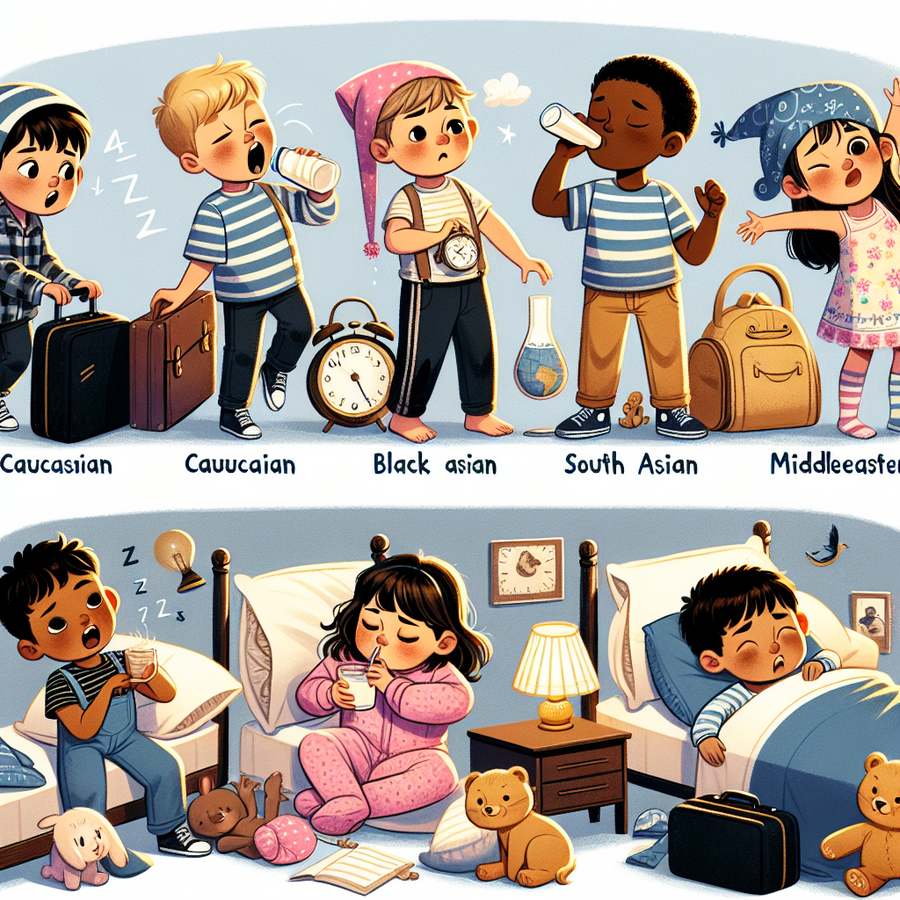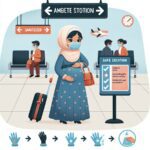Adjusting a baby’s sleep schedule after travel across time zones requires patience, understanding, and a bit of strategic planning. Whether you’re a first-time parent or an experienced caregiver, navigating this transition can be daunting, but with the right approach, you can help your baby adjust more quickly and ensure restful nights for everyone.
Understanding Baby’s Sleep Needs and Time Zone Changes
Babies have unique sleep needs that can be significantly impacted by travel and changes in time zones. Their internal clocks, or circadian rhythms, are sensitive to environmental cues like light and darkness, which can become disrupted during travel. Understanding these sleep needs is crucial for making the transition smoother.
Adjusting a baby’s sleep schedule after travel across time zones starts with gradual shifts. Begin by adjusting your baby’s bedtime and nap times slightly closer to the new time zone’s schedule a few days before your trip. This proactive approach can help minimize the shock to their system once you arrive at your destination.
Strategies for Adjusting Babys Sleep Schedule After Travel Across Time Zones
Once you’ve arrived at your destination, there are several strategies you can employ to help your baby adjust to the new time zone. Adjusting a baby’s sleep schedule after travel across time zones doesn’t have to be a struggle if you follow these tips.
First, ensure that your baby is exposed to natural light during the day, especially in the morning. This helps reset their internal clock to align with the local time. Secondly, maintain a consistent bedtime routine, even while traveling. Familiar activities before bed can signal to your baby that it’s time to sleep, despite the change in environment. For specific tips on establishing a sleep schedule for a newborn, consider reading How to Establish a Sleep Schedule for a Newborn.
It’s also beneficial to adjust feeding times to the new time zone. Aligning meals and snacks with local times can further help regulate your baby’s internal clock. If your baby struggles to sleep, you might explore safe co-sleeping practices as a temporary solution, detailed in Safe Co-Sleeping Practices for Newborns.
Troubleshooting Common Challenges
Even with the best planning, adjusting a baby’s sleep schedule after travel across time zones can present challenges. Your baby may experience difficulty settling down or wake up frequently during the night. This is a normal part of the adjustment process as their body acclimates to the new schedule.
To address these challenges, consider incorporating white noise or lullabies into your baby’s sleep environment. These can provide comfort and help drown out unfamiliar sounds, making it easier for your baby to fall and stay asleep. For a comparison of these methods, refer to White Noise Machines vs. Lullabies for Infant Sleep. Additionally, ensuring the ideal room temperature for baby sleep can significantly improve sleep quality, as discussed in Ideal Room Temperature for Baby Sleep in Winter.
In conclusion, adjusting a baby’s sleep schedule after travel across time zones is a manageable challenge with the right approach and understanding. By preparing in advance, maintaining a routine, and utilizing strategies to deal with common challenges, you can help your baby (and yourself) enjoy better sleep post-travel. For more in-depth guidance and tips on managing your baby’s sleep needs, visit Adjusting Baby’s Sleep Schedule After Travel Across Time Zones.













